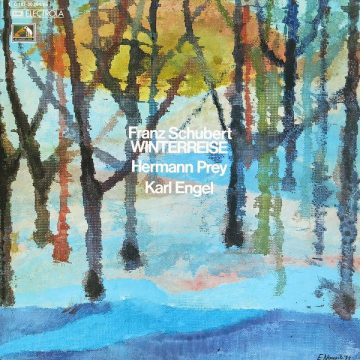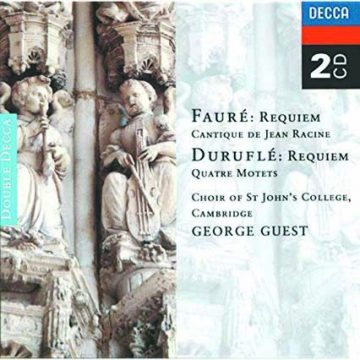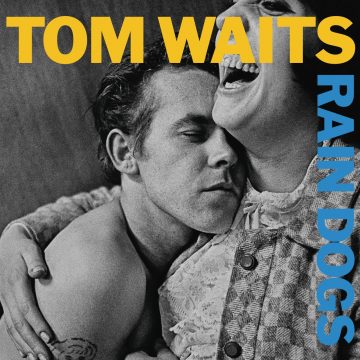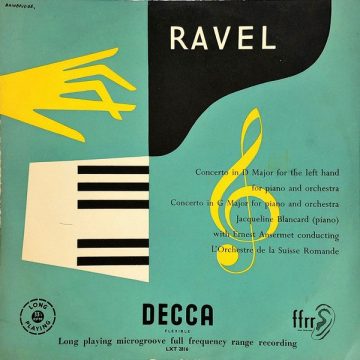“I feigned a headache, sneaked downstairs and bumped into the Pope!”
The 21-year-old Kit Hesketh-Harvey (Clare 1975) used his outlandish experiences as a Cambridge choral scholar to plot his course through a life in music.
-

Shepherd’s Pipe Carol
John Rutter
I can’t bear this song, but it’s very much part of my Cambridge experience. We had endlessly to sing it because John Rutter (Clare 1964), our choirmaster, had composed it. He was barely older than us and was an enchantingly modest man. He was part of a movement, along with my friend, the director Nick Hytner (Trinity Hall 1974), advancing the idea that theatre and choral music should be entertaining – a radical approach at the time. This piece of music was the start of the ascension of Clare’s choir, which was seen as ‘unclean’ because we had girls in it. Rutter was swimming against the stream in many ways. He would be proved right.
-
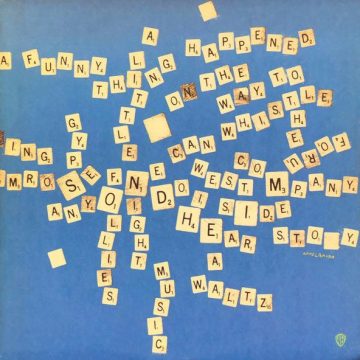
Being Alive
Stephen Sondheim
This song will make you cry. It’s about yearning for love, and the nuisance of living with someone (“Someone to hold you too close, someone to hurt you too deep”), but how the alternative – being alone – is not being alive. I was 21 and didn’t know about love, but I was stunned by the artistry of this song. The lyrics are flawless, it’s accompanied by a gentle bossa nova, and I learned something about the way words and music can intersect. It’s the perfect ‘end of the first act’ song. The theatre was beckoning me at this time; I was learning from being a chorister that I wouldn’t be a singer, but I could rewrite lyrics to make the choristers corpse. I could write libretti, and maybe one day I would write lyrics. I didn’t know then that I would go on to study under Sondheim and would feel his loss deeply.
-
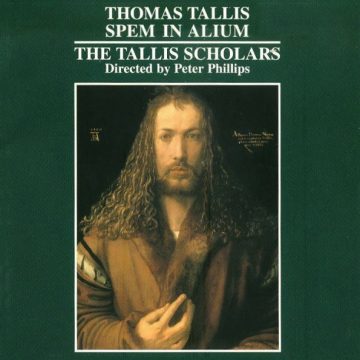
Spem in Alium
Thomas Tallis
During my third year, the choir went on a spring tour that included Venice. We had fashion ideas by then – my friend and nemesis Simon Butteriss (Clare 1975) and I went around dressed as Tadzio in Death in Venice. We were guests of the British Council, and the idea of the tour was to sing in the buildings the music had been written for. No-one cared, but we music nerds loved it. In the Basilica San Marco we were in one of the domes singing Thomas Tallis’s piece for 40 voices, and it was so beautiful I needed to hear it, not sing it, so I feigned a headache and sneaked downstairs, where I bumped into the Pope! It was John Paul I, I think. He was sitting in an apse. He saw me and winked and tapped his nose.
-
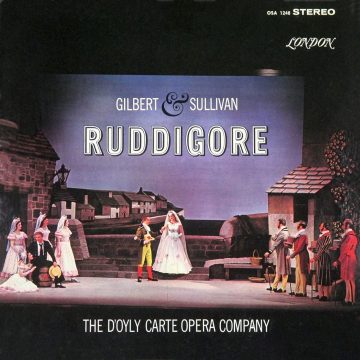
When the Night Wind Howls
Gilbert and Sullivan
I had gone to the Minack Theatre in Cornwall with the Cambridge Gilbert and Sullivan Society. We were sleeping on the floor of a school and, by the end of the trip, everyone had slept with everyone else and no-one was speaking to anyone. It was wonderful. The creator of the Minack, Rowena Cade, had literally hewn the theatre out of the rock. She was about 83 when we went and had a cloud of white hair. During a tech rehearsal for our show, she had broken her hip and everyone was very worried about her. There’s a butler character in Ruddigore called Old Adam and, weirdly, Rowena also had a butler called Adam. On the last night, we were really hamming it up and, at one point, possibly during this song, there was a big moon rising behind the theatre. There, silhouetted against the moon, appeared Adam, pushing Rowena in a wheelbarrow. It was an exquisite moment.
Kit Hesketh-Harvey is a screenwriter, performer, librettist, lyricist and one half of comedy musical duo Kit and McConnell.

